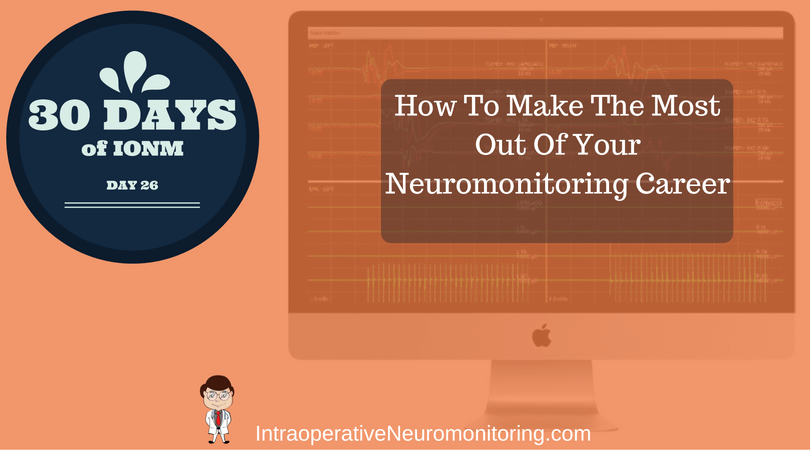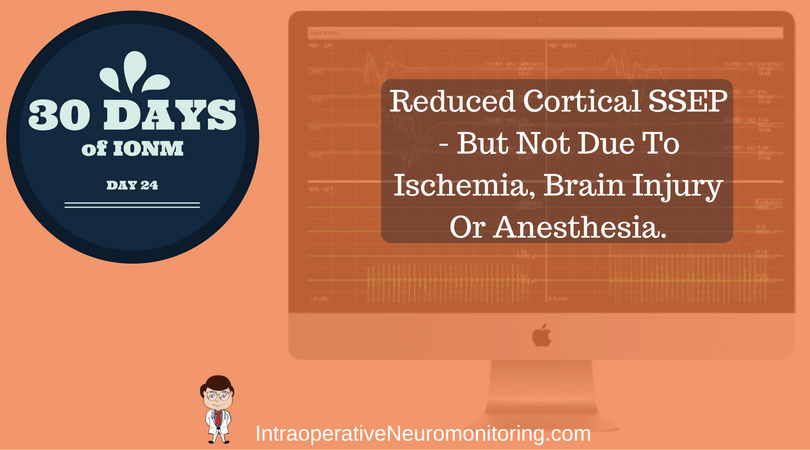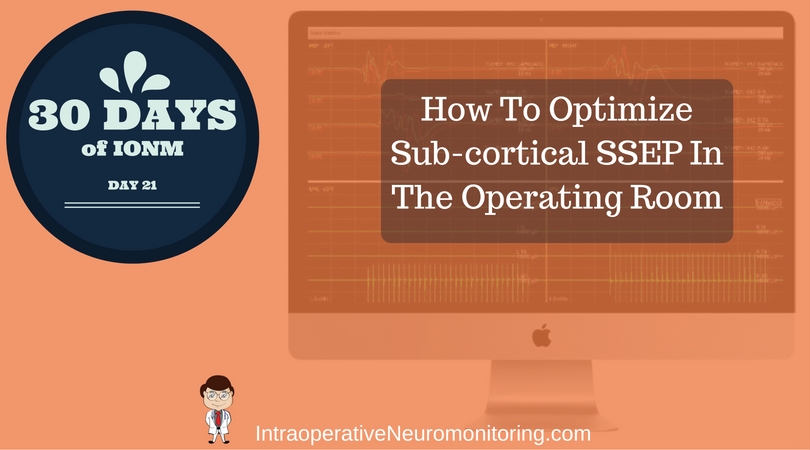
Double-Train MEP: The New Standard Of Care?
Double-Train MEP On A Comeback Kick Using transcranial electric motor evoked potentials in the operating room has become routine practice for spinal cord monitoring. Recent improvements in the ability to record tcMEP have resulted in increased use during other...

Hey, Neuromonitoring Tech… What’s With That Thingy?
How Resourceful Of A Neuromonitoring Tech Are You? First off, let me start this topic off by saying that I'm not a big fan of the term neuromonitoring tech (I prefer surgical neurophysiologist or SNP). But I really want to address those in the field that might embrace...

Advice For A Prosperous Surgical Neurophysiologist Career
The Road To A Successful Surgical Neurophysiologist Career Whenever I speak to people looking to get into neuromonitoring, I try to give them advice that will help them make a decision beyond starting their surgical neurophysiologist career. This is a career, not a...

Receptor Loss Causing Reduced Cortical SSEP: How To Identify It And Work Around It
Loss of Cortical SSEP Due To Loss of Receptor Activation Earlier in this 30 Days of Neuromonitoring series, I wrote about cortical and subcortical reorganization after a loss of afferent feedback from carpal tunnel syndrome and how that affects intraoperative...

Intraoperative Neuromonitoring Degree: Is This The Next Big Change In The Field?
The CNIM vs The Intraoperative Neuromonitoring Degree (Joe's notes: This is a GUEST POST by Josh Mergos, who is the director of the Intraoperative Neuromonitoring Program at the University of Michigan - School of Kinesiology. We met for the first time during a small...

How To Optimize Sub-cortical SSEP In The Operating Room
Optimizing Sub-cortical SSEP There is 1 electrode that I see get misused in somatosensory evoked potentials more so than any other electrode in any modality. This is the electrode placed over the cervical spine (or sometimes around the ear or mastoid) and generally...
